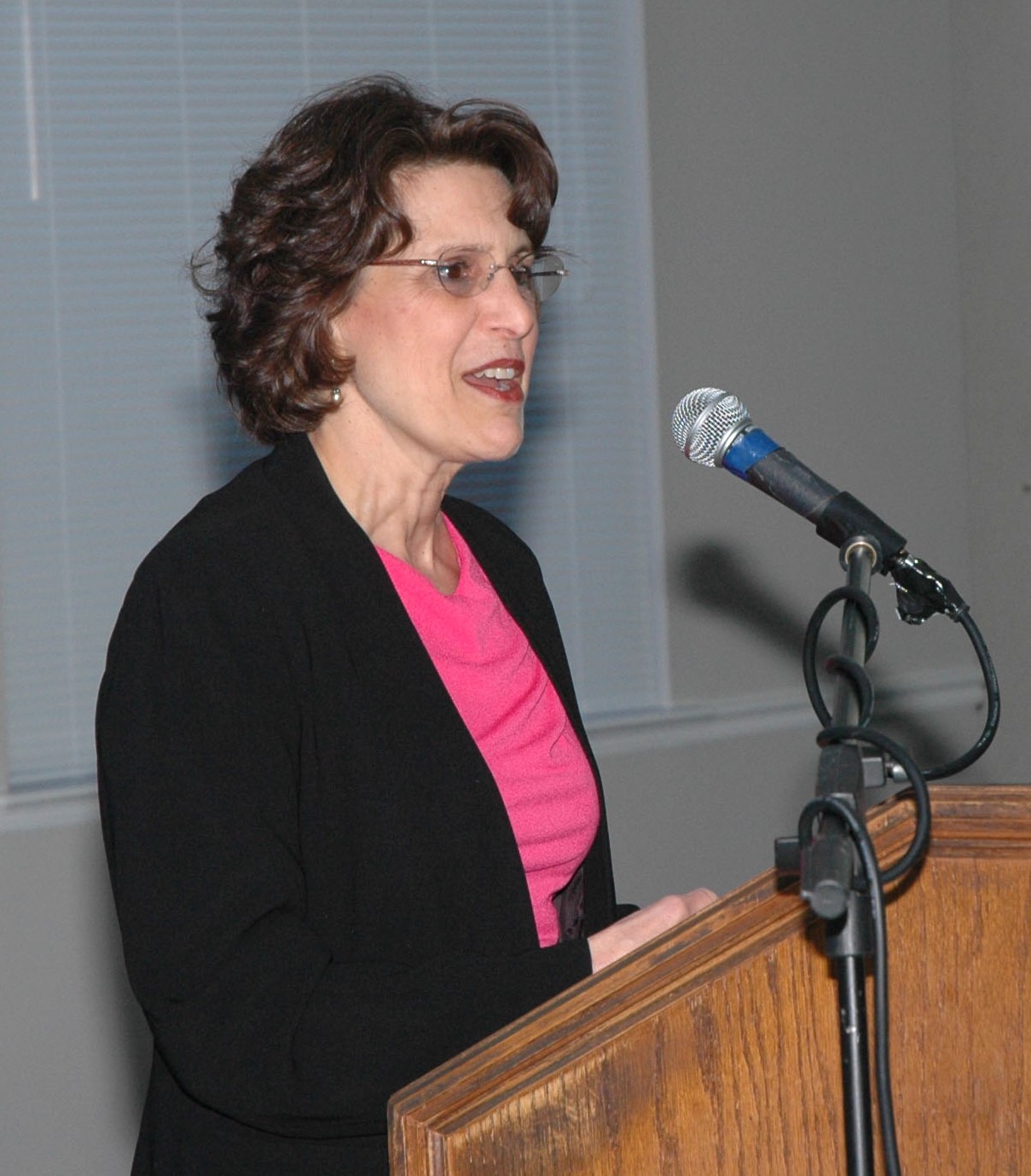Prospects for Economic Growth
Saturday, February 13th, 2016 Richmond Federal Reserve Bank Vice President Ann Battle Macheras discusses the Charlottesville economy, the national economy and monetary policy. Dr. Macheras oversees Regional Research and Economic Education at the Richmond Bank’s Research Department. In addition, her research interests include regional industry specialization and determinants of growth at the regional level.
Richmond Federal Reserve Bank Vice President Ann Battle Macheras discusses the Charlottesville economy, the national economy and monetary policy. Dr. Macheras oversees Regional Research and Economic Education at the Richmond Bank’s Research Department. In addition, her research interests include regional industry specialization and determinants of growth at the regional level.
The Regional Research group provides analysis and research on regional economic conditions in the Fifth Federal Reserve District, which includes North and South Carolina, Virginia, most of West Virginia, Maryland, and the District of Columbia. The Economic Education group works with teachers, students, and the general public to share knowledge and enhance understanding about the economy and the role of the Fed.
The program was moderated by SSV Board Member Nancy Hunt. Listen to a podcast of the presentation.
[display_podcast]
Dr. Macheras joined the Richmond Bank as vice president of the Research Department in February 2009. Prior to joining the Federal Reserve Bank, she served as senior economist for the Virginia Economic Development Partnership, and also held positions in banking, consulting, and academics. She currently serves on the Joint Advisory Board of Economists for the Commonwealth of Virginia.
Dr. Macheras completed her Ph.D. in economics at the University of North Carolina, Chapel Hill, and her undergraduate degree from Georgetown University’s School of Foreign Service.
Program Summary
This summary is from an article that was written by Allison Wrabel for the February 11 issue of The Daily Progress. She can be contacted at awrabel@dailyprogress.com.
Central Virginia is on the road to job recovery, according to an economic update. Richmond Federal Reserve Bank Vice President Ann Battle Macheras discussed the Charlottesville-area economy, the national economy and monetary policy at an event sponsored by the Senior Statesmen of Virginia.
Mancheras said the state economy still is working on recovering from the recession and federal government spending cuts because Virginia is one of the top states for federal contracting. “But since then, the good news is employment growth has been catching up, inching closer to being back on par with U.S. growth,” she said. “I’m pretty optimistic, seeing that trend.”
“Charlottesville is doing pretty well, I think, relative to the state,” she said. “Most recent employment growth numbers aside, because it has slowed, it still has had some really good job creation since we’ve been in the recovery.”
In the Charlottesville Metropolitan Statistical Area, which is made up of the city and Albemarle, Buckingham, Fluvanna, Greene and Nelson counties, professional and business services employment decreased 4.2 percent from December 2014 to December 2015. Mancheras said she could not figure out what exactly caused the decrease, but in mid-March the data will possibly get adjusted against other data.
“This is a really interesting time to report out on regional employment data because the numbers are subject to some revision, and the smaller the area, the more possible it is that you get some revisions,” she said.
Charlottesville area unemployment is consistently lower than state and national levels. In the U.S., there was an average monthly gain of 228,000 jobs in 2015.
“The Federal Open Market Committee participants are expecting that the unemployment rate is going to level off,” she said. “It’s at 4.9 percent right now and the expectation is that it’s not going to decline much more.”
The labor force participation rate has been at historic lows — 62.7 percent, currently — and Macheras said they attribute that to the changing age of the workforce. “Now the puzzle is, why don’t we have more people participating in the labor force on the younger side,” she said.
Faith McClintic, economic development director for Albemarle County, said the information Macheras presented was very consistent with the economic data that the county has been looking at. “We’ve been doing some detailed analysis of a lot of economic data, as well, as our basis for development of the Economic Development Strategic Plan, so there were no surprises there,” she said.
McClintic said she has been looking at what is triggering growth in other areas of the state, such as the Winchester area’s 2.5 percent employment growth versus the 0.6 percent in the Charlottesville area. “That’s what I’m going to go look at — what’s happening here that’s causing that change — because that will help us better understand our local economy and that of our competition,” she said.
Overall, Mancheras said she thinks the labor market numbers have been pretty positive. She said she sees a lot of people start to think the economy is in danger when they see the stock market fluctuate, but they need to remember that the underlying economy is doing well.
“It’s very easy for people, I think, to react when the stock market reacts, but the stock market reacts very quickly and sometimes for mysterious reasons,” she said. “With the real economy — output, employment — that’s where you need to stay focused.”
